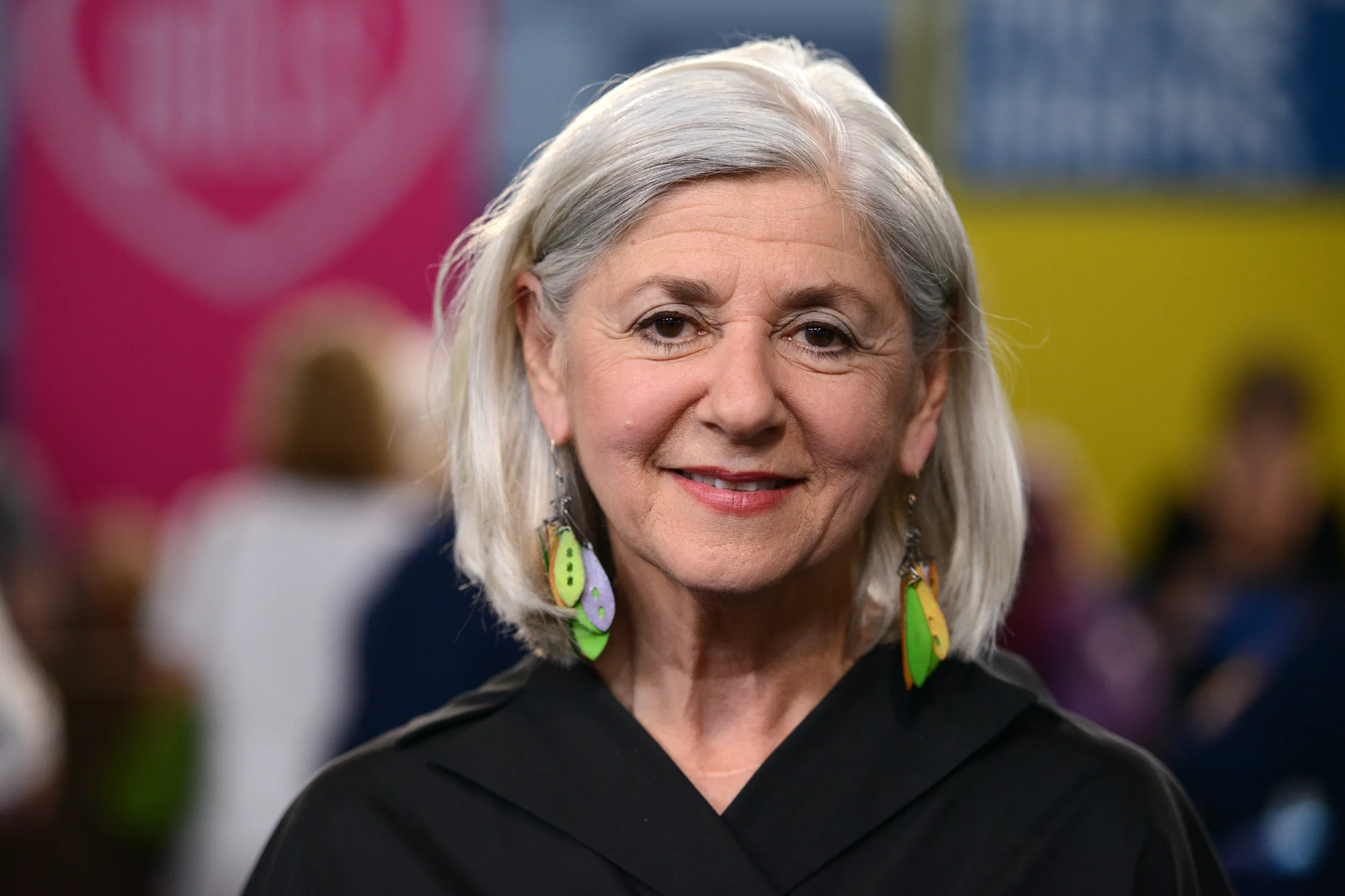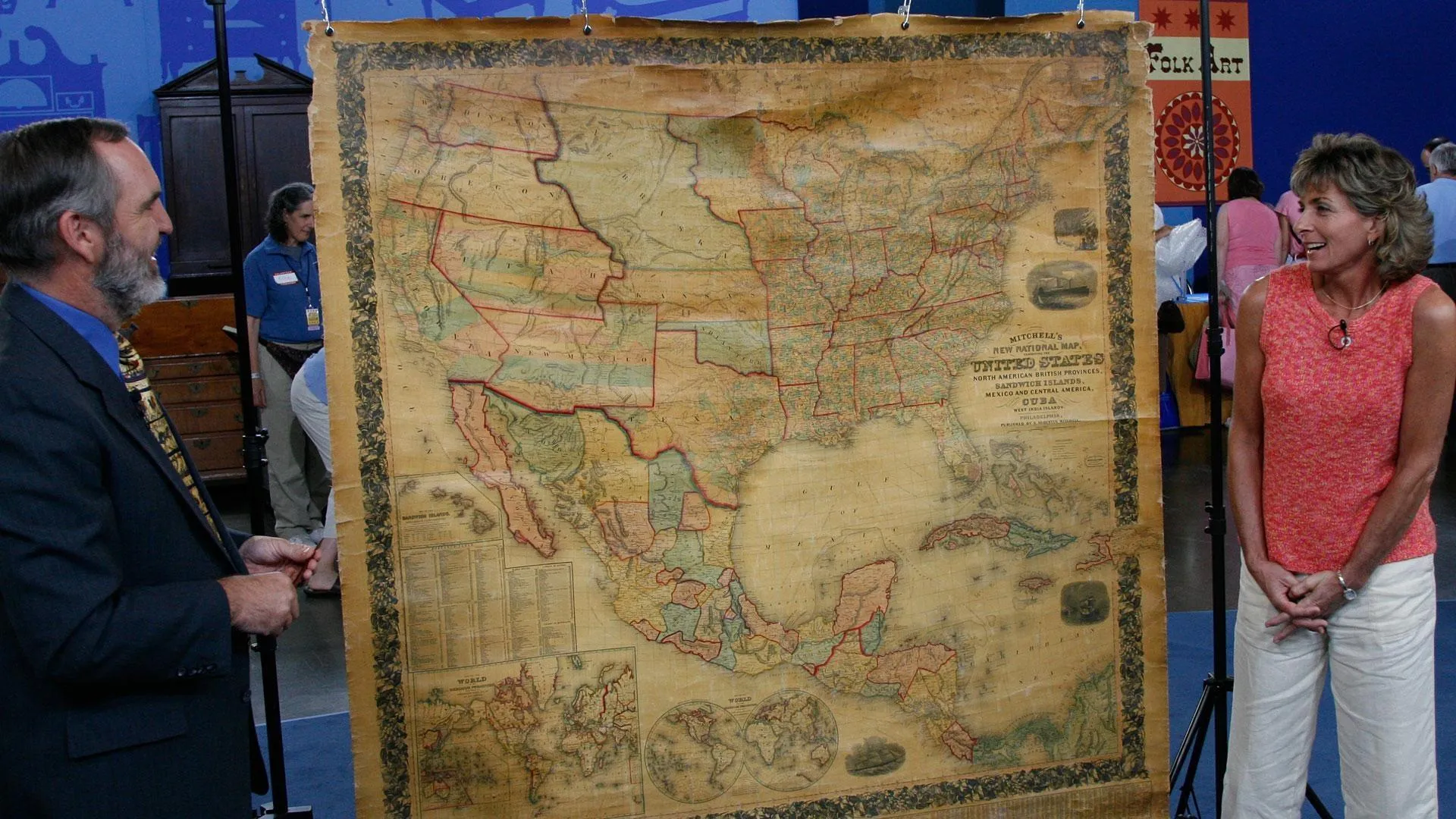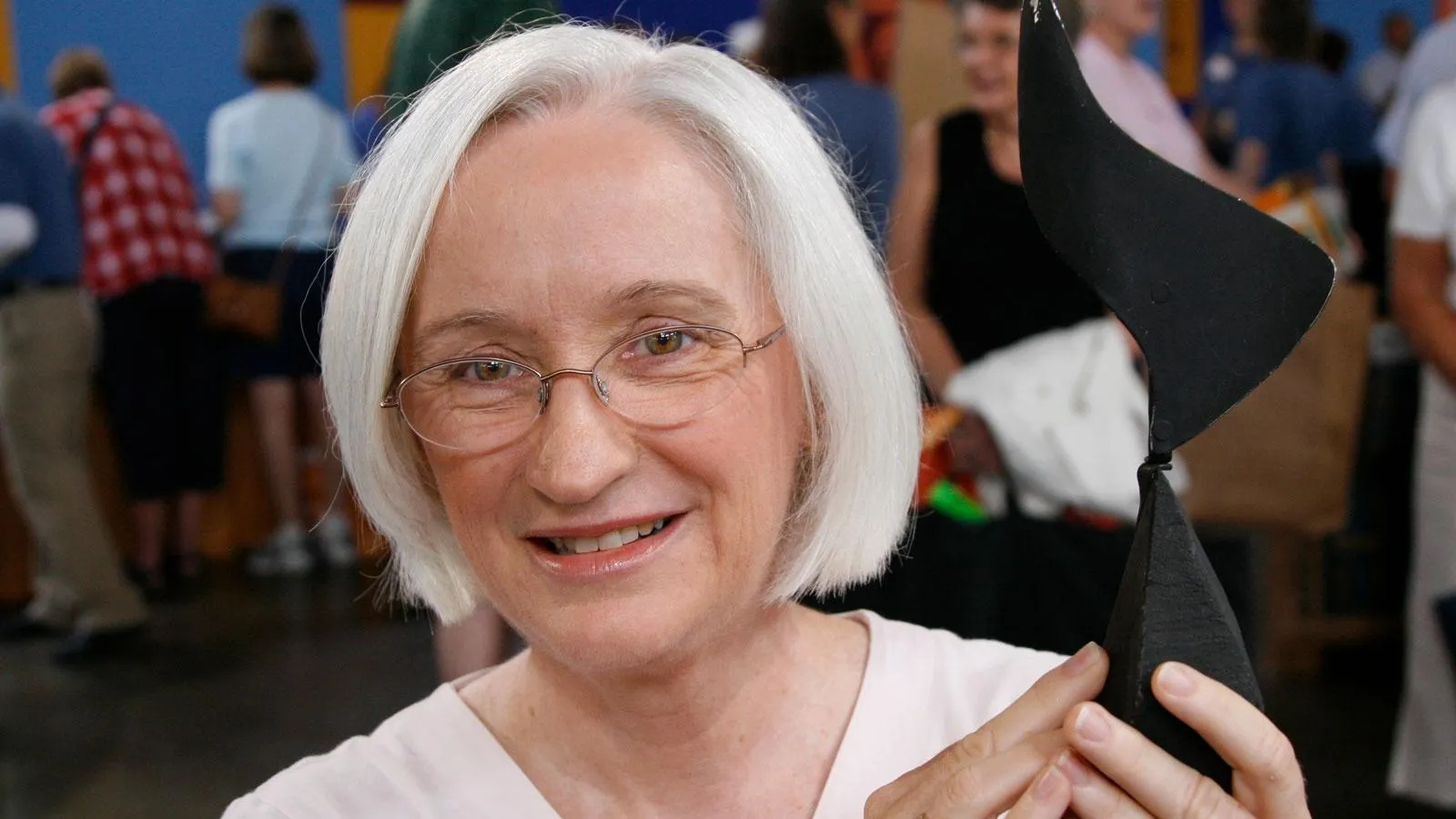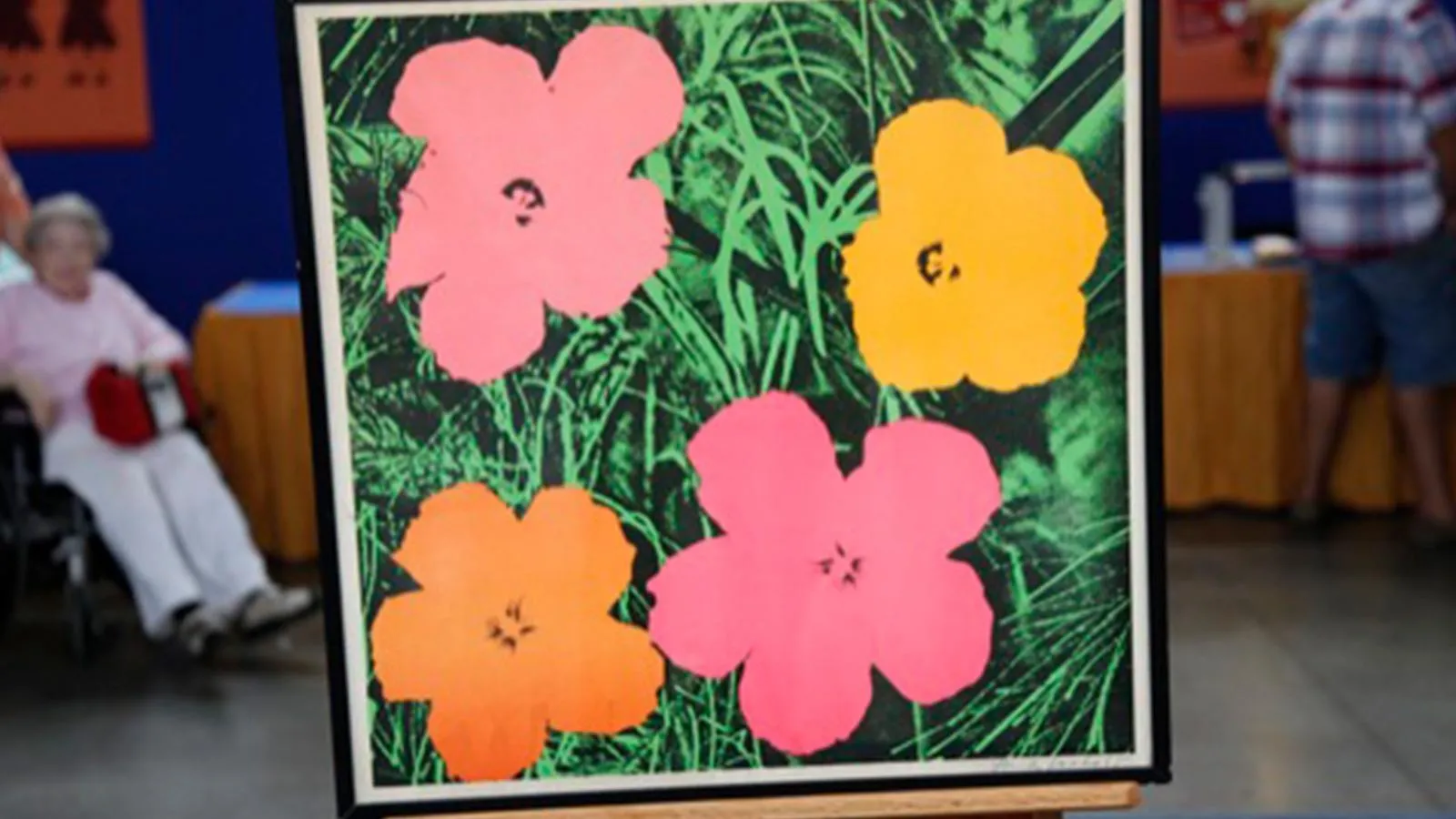WOMAN: This was left to me by my mother from her mother.
APPRAISER: Do you wear it?
GUEST: Not often.
APPRAISER: Not often. Do you think it's real?
GUEST: Yes, I've been told that.
APPRAISER: You've been told it's real, okay. Well, you know what? You were told correctly. The original cut was around 1902 by a man named Joseph Asscher. He invented this particular cut, and when he invented it, it was unique. It was different. It's always kind of octagon shape. It almost looks like a hall of mirrors-- it reflects. It is actually a precursor to the emerald cut. And this became very popular cut in the '20s and '30s, and then it just went out of fashion. And now it is the hottest thing in the diamond market. But what makes this very unusual is the color: it's yellow.
GUEST: Yeah. We called it a canary diamond, that's what they called it.
APPRAISER: That was, that was the term that was used.
GUEST: Uh-huh.
APPRAISER: But we know more now, and we don't use that term anymore.
GUEST: Oh.
APPRAISER: We actually look at it and decide how intense the color is.
GUEST: Okay.
APPRAISER: Now, it's hard to judge that intensity in the mounting. So most people that have yellow diamonds like to know exactly, is it a fancy intense? Is it a light fancy, is it a vivid? And the darker the yellow is, the more valuable. The hard thing about this diamond is to measure it, because it has so many facets and cuts. I came up with around 3.20, 3.25 carats.
GUEST: Mm-hmm.
APPRAISER: But that's an important size for an Asscher cut for a yellow diamond. It's very hard to get that combination. I've had only one small one in 26 years in the business. So that tells you it's rare.
GUEST: Yeah, okay.
APPRAISER: The cut of that could have been as early as 1902.
GUEST: Mm-hmm.
APPRAISER: I don't think so, I think it's probably from the '30s. The diamond is set in a platinum, pierced mounting.
GUEST: Mm-hmm.
APPRAISER: It's very delicate, and it actually looks like the four prongs have been remounted. Which makes sense, because after many years, it would loosen.
GUEST: Yeah.
APPRAISER: But it's a lovely setting for that type of stone. Unfortunately, I don't know the maker of the mounting who put this together.
GUEST: Do you have any idea where it might have originated from?
APPRAISER: New York City.
GUEST: Okay.
APPRAISER: But the value, that's the hardest thing to put on this.
GUEST: Yeah.
APPRAISER: Is because we don't know exactly the color. My feeling is that this could translate to a fancy intense.
GUEST: Really?
APPRAISER: And that makes it quite valuable. And I'm going to be very conservative. I would say at auction today, $75,000 to $100,000.
GUEST: Oh, my God, you're kidding me.
APPRAISER: No, I'm not kidding.
GUEST: (laughs)
APPRAISER: And I'm being conservative. Are you surprised?
GUEST: Yes, shocked. I can't... Well, I'm not gonna wear it.
APPRAISER: Why not? Wear it!
GUEST: Because I'm a teacher.
APPRAISER: You're a teacher, oh, that's so good.
GUEST: Where am I going to wear it, to the grocery store?













